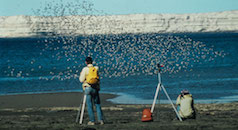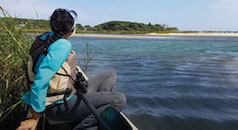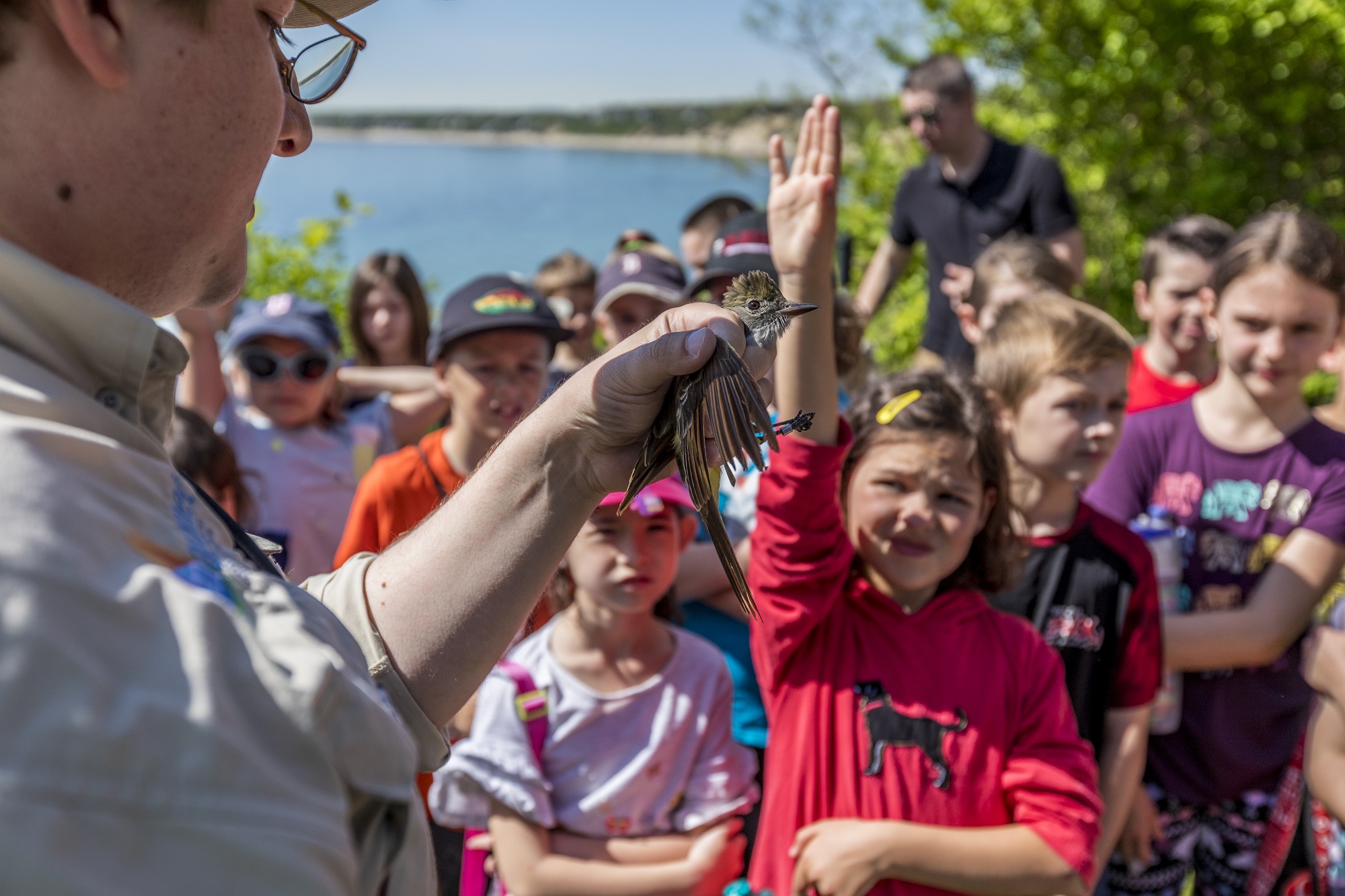Optimism filled the room last month during a Downeast Fisheries Partnership (DFP) workshop on alewives—an unassuming little fish unknown to the average consumer, but possibly the key ingredient to the revival of fisheries in Eastern Maine.
Alewives live in the ocean, but spawn in freshwater and are an important component of the nutrient cycle that connects terrestrial, freshwater and marine ecosystems. Also known as ‘river herring,’ alewives have been a staple of the economic and cultural fabric of Downeast Maine, for hundreds of years. However, as one participant remarked during the workshop, “Kids in East Machias don’t even know what alewives are anymore.”
The workshop was full of enthusiastic visionaries who represent different facets of the community, including fishermen, environmental and social nonprofits, government agencies, tribal councils, and community centers. The goal of the workshop was to connect people who are working on alewife restoration to bolster all of the projects happening across the region.

Alewives started to decline in the 1950s as pollution, overfishing, and dams limited the fish’s ability to travel upstream and reproduce. At the workshop, Ted Ames, a Maine-based fisherman and fisheries scientist who won a MacArthur ‘genius’ award for his groundbreaking work on cod stock structure, presented his research on alewives. He found that the disappearance of local cod populations in the 1960s corresponded with the decrease in alewife populations in adjacent rivers; he concluded that the reliance of cod and other groundfish on alewives as a food source makes alewives a keystone species for restoring groundfish populations.
The good news is that getting alewives back to our rivers is (relatively) simple: re-open rivers and streams to allow alewives to reach their freshwater spawning grounds—and they will come—in droves. Alewives are extremely prolific with the ability to produce between 60,000 and 100,000 eggs every year.
We know from experience that providing fish passage has an immediate impact on alewife populations; dam removals on the Kennebec and Penobscot Rivers are cases in point. Many smaller scale projects are required to restore alewives in eastern Maine and workshop participants highlighted community engagement as a key factor in developing momentum for successful local projects.
 The Downeast Salmon Federation is spearheading an effort to revive the region’s tradition of harvesting and smoking alewives. Dwayne Shaw, executive director of the Federation, says “bringing back this tradition allows communities to reconnect with both their cultural heritage and their river—and helps build support for restoration.”
The Downeast Salmon Federation is spearheading an effort to revive the region’s tradition of harvesting and smoking alewives. Dwayne Shaw, executive director of the Federation, says “bringing back this tradition allows communities to reconnect with both their cultural heritage and their river—and helps build support for restoration.”
Downeast Fisheries Partnership is a network of organizations that are committed to restoring one of the world’s great ecosystems, and its associated fisheries, in Downeast Maine. The partnership was founded by Manomet, Penobscot East Resource Center and Downeast Salmon Federation.





 Back to all
Back to all